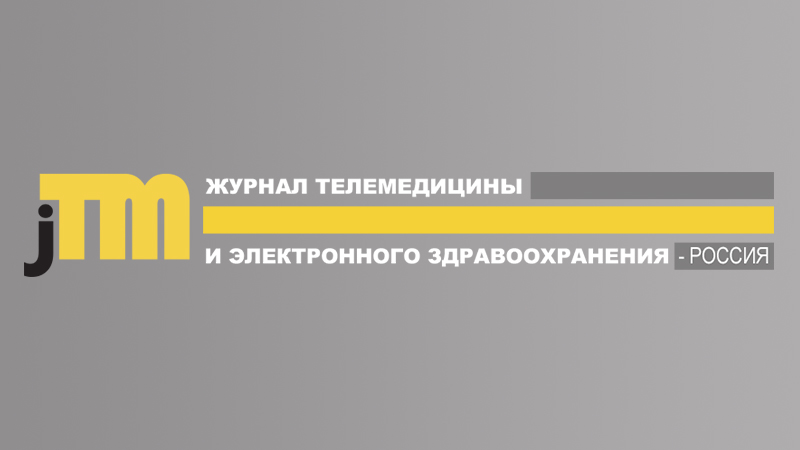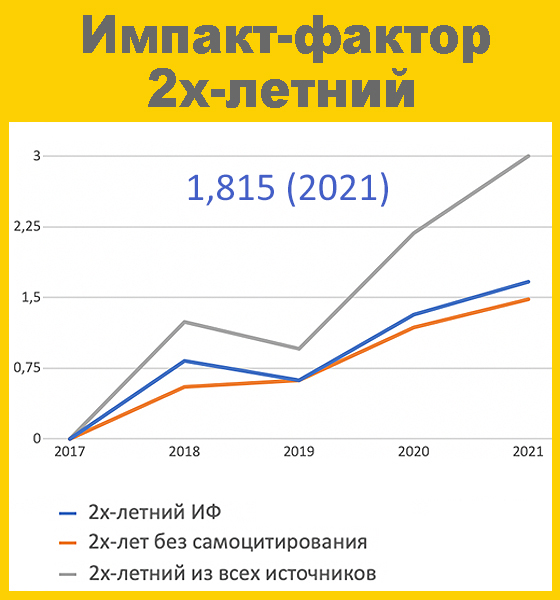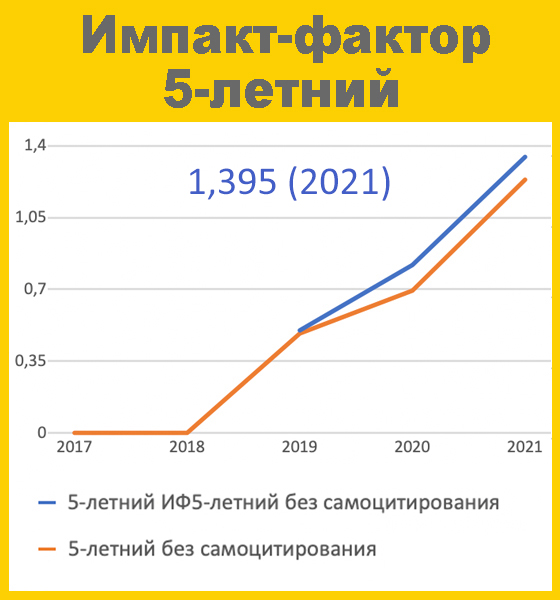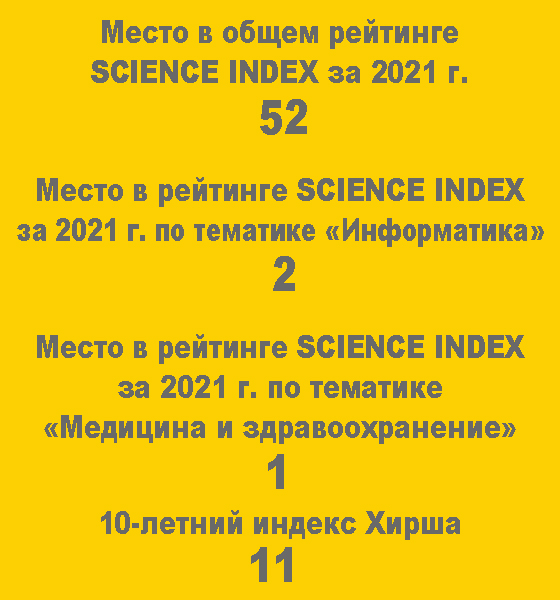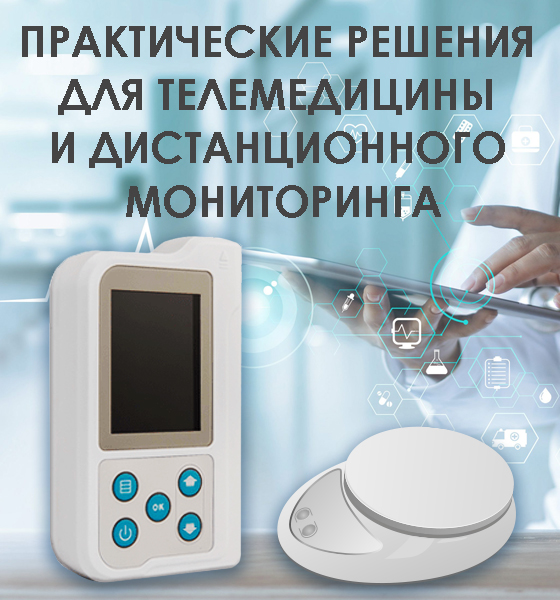Artificial intelligence in the diagnosis and treatment of kidney stone disease DOI: 10.29188/2712-9217-2022-8-1-42-57
- Pranovich A.A. – Ph.D., senior researcher at the A.V. Vishnesky National Medical Research Center of Surgery of the Ministry of Healthcare of the Russian Federation; Moscow, Russia; https://orcid.org/0000-0002-6034-9269
- Ismailov A.K. – Ph.D. student at the Department of Urology, Surgical Nephrology and Oncourology, Medical Institute, Peoples' Friendship University of Russia; Moscow, Russia; https://orcid.org/0000-0002-5639-2280
- Karelskaya N.A. – Ph.D., senior researcher at the Department of Radiology and Magnetic Resonance Imaging Studies, A.V. Vishnesky National Medical Research Center of Surgery of the Ministry of Healthcare of the Russian Federation; Moscow, Russia; https://orcid.org/0000-0001-8723-8916
- Kostin A.A. – Ph.D., Professor, Corresponding Member of the Russian Academy of Sciences, Vice-President for Research, Head of the Department of Urology, Surgical Nephrology and Oncourology, Medical Institute, Peoples' Friendship University of Russia; Moscow, Russia; https://orcid.org/0000-0002-0792-6012
- Karmazanovsky G.G. – Ph.D., Professor, Corresponding Member of the Russian Academy of Sciences, Head of the Department of Radiology Methods in Diagnosis and Treatment, A.V. Vishnesky National Medical Research Center of Surgery of the Ministry of Healthcare of the Russian Federation; Moscow, Russia; https://orcid.org/0000-0002-9357-0998
- Gritskevich A.A. – Ph.D., Head of the Department of Urology, A.V. Vishnesky National Medical Research Center of Surgery of the Ministry of Healthcare of the Russian Federation, Professor at the Department of Urology, Surgical Nephrology and Oncourology, Medical Institute, Peoples' Friendship University of Russia; Moscow, Russia; https://orcid.org/0000-0002-5160-925X
 2267
2267 Complex health-care data will be growing exponentially as we enter the era of “big data”. Interpretation and analysis of a large amount of medical data for rapid and personalized decision-making require artificial intelligence-driven technologies and data mining techniques. Over the past decade, a rapid transition to the analysis, treatment and monitoring of kidney stone disease using the artificial intelligence (AI) with machine learning algorithms and artificial neural networks ensures the development of precise support systems. Machine learning algorithms able to predict the location of stones using computed tomography scans or ultrasound images, determine their chemical composition, recurrence rate based on demographic and genetic variables, spontaneous ureteral calculous passage, and treatment outcomes. Recent studies use rather simple machine learning methods and small training sets that reduce their accuracy, sensitivity, and specificity and limit their routine application. Therefore, the development of complex architectures, using multilayer artificial neural networks and convolutional neural networks, and integration other heterogeneous variables will improve the resultant predictive accuracy ensuring their introduction in real clinical practice.
| Attachment | Size |
|---|---|
| Download | 5.81 MB |

































